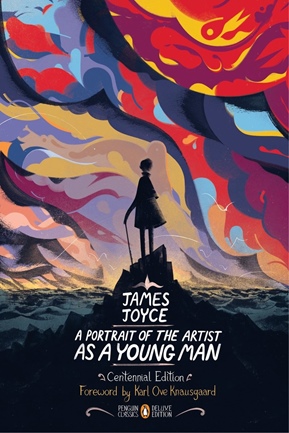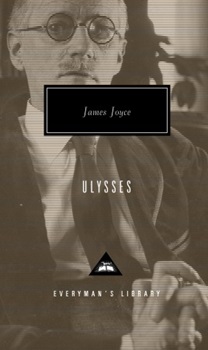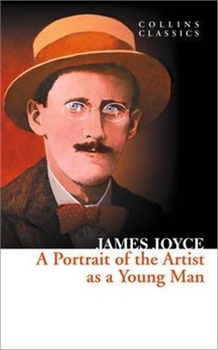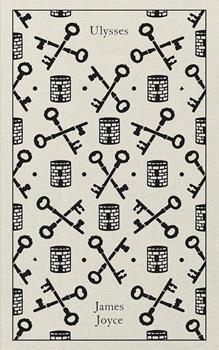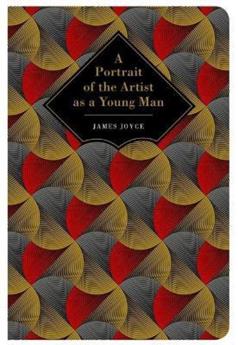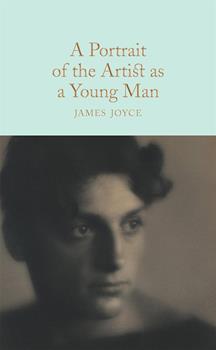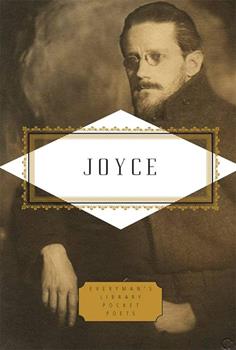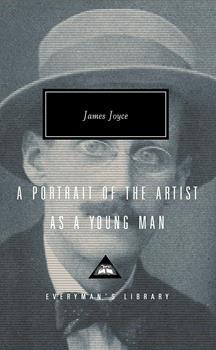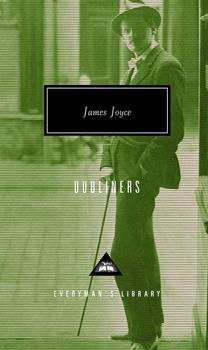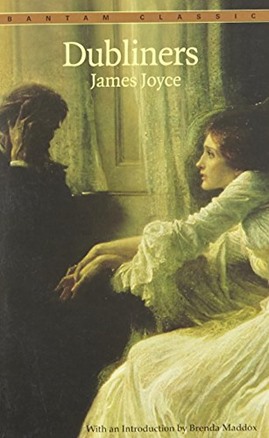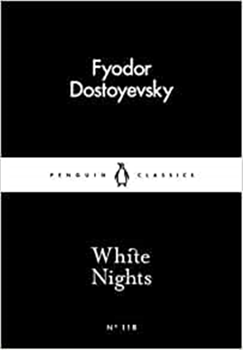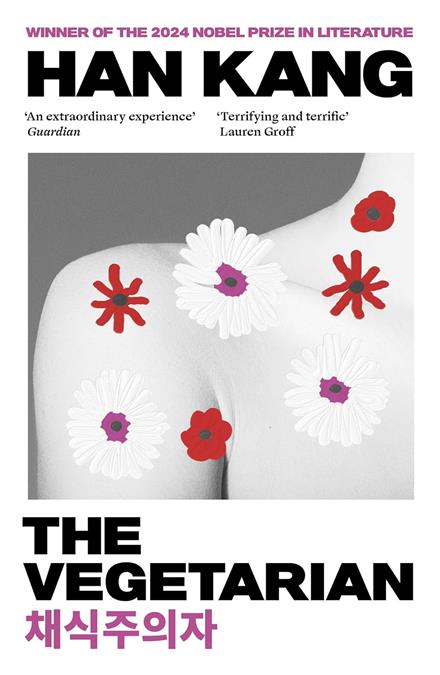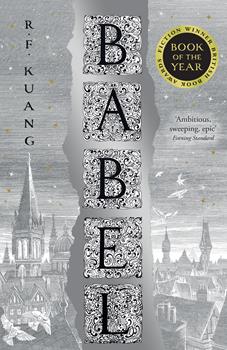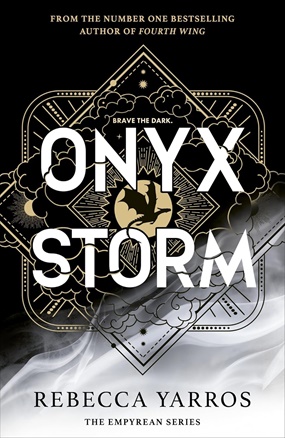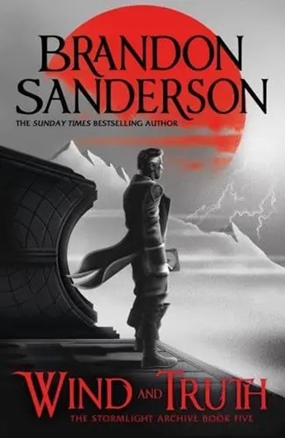Description
For the centennial of its original publication, a beautiful Deluxe Edition of one of Joyce’s greatest works—featuring a foreword by Karl Ove Knausgaard, author the New York Times bestselling six-volume autobiographical novel My Struggle, which has been likened to a 21st-century Portrait of the Artist as a Young Man
The first, shortest, and most approachable of James Joyce’s novels, A Portrait of the Artist as a Young Man portrays the Dublin upbringing of Stephen Dedalus, from his youthful days at Clongowes Wood College to his radical questioning of all convention. In doing so, it provides an oblique self-portrait of the young Joyce himself. At its center lie questions of origin and source, authority and authorship, and the relationship of an artist to his family, culture, and race. Exuberantly inventive in style, the novel subtly and beautifully orchestrates the patterns of quotation and repetition instrumental in its hero’s quest to create his own character, his own language, life, and art: “to forge in the smithy of my soul the uncreated conscience of my race.”
This Penguin Classics Deluxe Edition, published for the novel’s centennial, is the definitive text, authorized by the Joyce estate and collated from all known proofs, manuscripts, and impressions to reflect the author’s original wishes.
For more than seventy years, Penguin has been the leading publisher of classic literature in the English-speaking world. With more than 1,500 titles, Penguin Classics represents a global bookshelf of the best works throughout history and across genres and disciplines. Readers trust the series to provide authoritative texts enhanced by introductions and notes by distinguished scholars and contemporary authors, as well as up-to-date translations by award-winning translators.
About the Author
A profound influence of literary innovations of Irish writerJames Augustine Aloysius Joyceon modern fiction includes his works,Ulysses(1922) andFinnegans Wake(1939).Sylvia Beachpublished the first edition ofUlyssesof James Augustine Aloysius Joyce in 1922.People note this novelist for his experimental use of language in these works. Technical innovations of Joyce in the art of the novel include an extensive use of interior monologue; he used a complex network of symbolic parallels, drawn from the mythology, history, and literature, and he created a unique language of invented words, puns, and allusions.John Stanislaus Joyce, an impoverished gentleman and father of James Joyce, nine younger surviving siblings, and two other siblings who died of typhoid, failed in a distillery business and tried all kinds of other professions, including politics and tax collecting. The Roman Catholic Church dominated life of Mary Jane Murray, an accomplished pianist and his mother. In spite of poverty, the family struggled to maintain a solid middle-class façade.Jesuits at Clongowes Wood college, Clane, and then Belvedere college in Dublin educated Joyce from the age of six years; he graduated in 1897. In 1898, he entered the University College, Dublin. Joyce published first an essay onWhen We Dead Awaken, play ofHeinrich Ibsen, in theFortnightly Reviewin 1900. At this time, he also began writing lyric poems.After graduation in 1902, the twenty-year-old Joyce went to Paris, where he worked as a journalist, as a teacher, and in other occupations under difficult financial conditions. He spent a year in France, and when a telegram about his dying mother arrived, he returned. Not long after her death, Joyce traveled again. He left Dublin in 1904 with Nora Barnacle, a chambermaid, whom he married in 1931.Joyce publishedDublinersin 1914,A Portrait of the Artist as a Young Manin 1916, a playExilesin 1918 andUlyssesin 1922. In 1907, Joyce published a collection of poems,Chamber Music.At the outset of the Great War, Joyce moved with his family to Zürich. In Zürich, Joyce started to develop the early chapters ofUlysses, first published in France because of censorship troubles in the Great Britain and the United States, where the book became legally available only in 1933.In March 1923, Joyce in Paris startedFinnegans Wake, his second major work; glaucoma caused chronic eye troubles that he suffered at the same time.Transatlantic reviewofFord Madox Fordin April 1924 carried the first segment of the novel, called part ofWork in Progress. He published the final version in 1939.Some critics considered the work a masterpiece, though many readers found it incomprehensible. After the fall of France in World War II, Joyce returned to Zürich, where he died, still disappointed with the reception ofFinnegans Wake.
